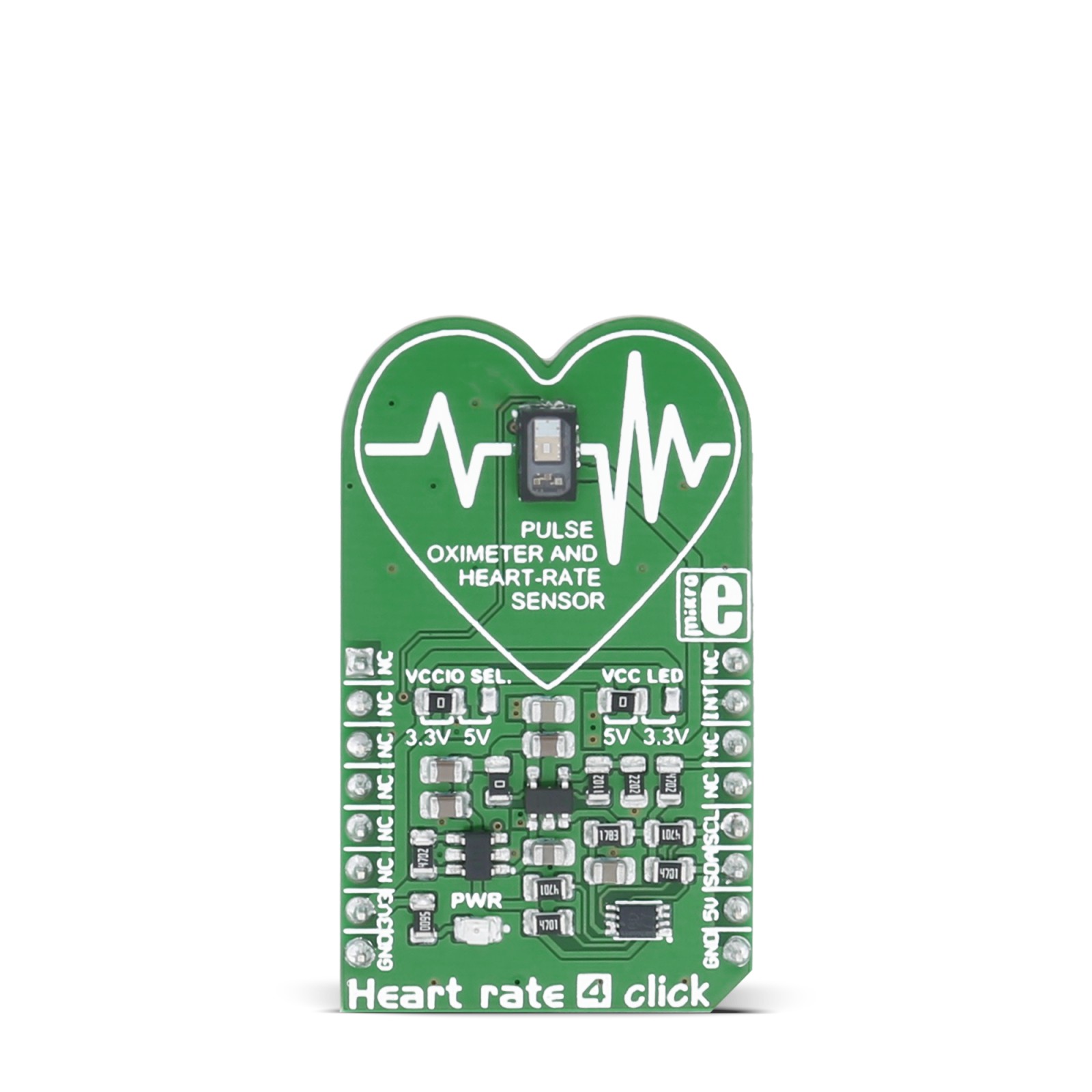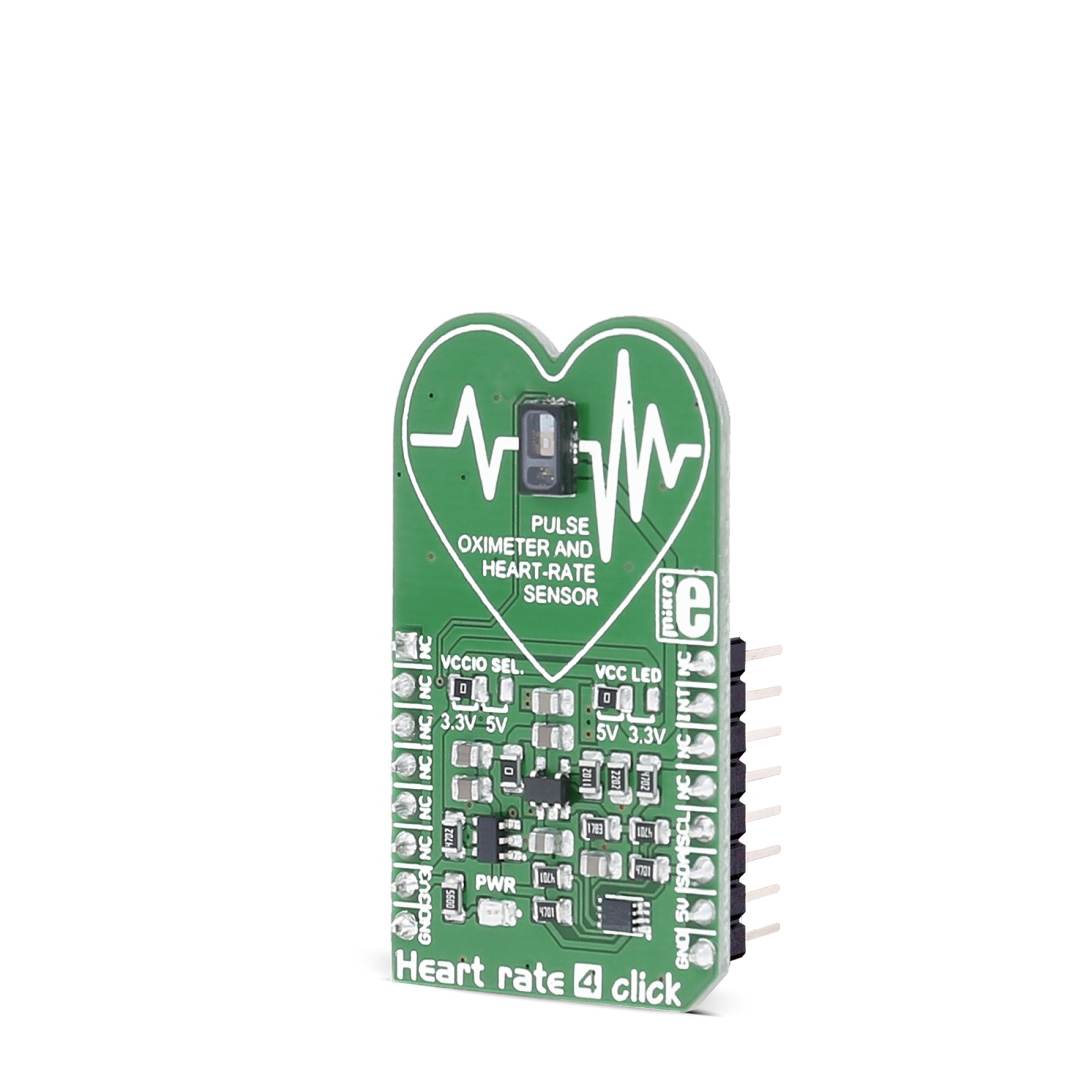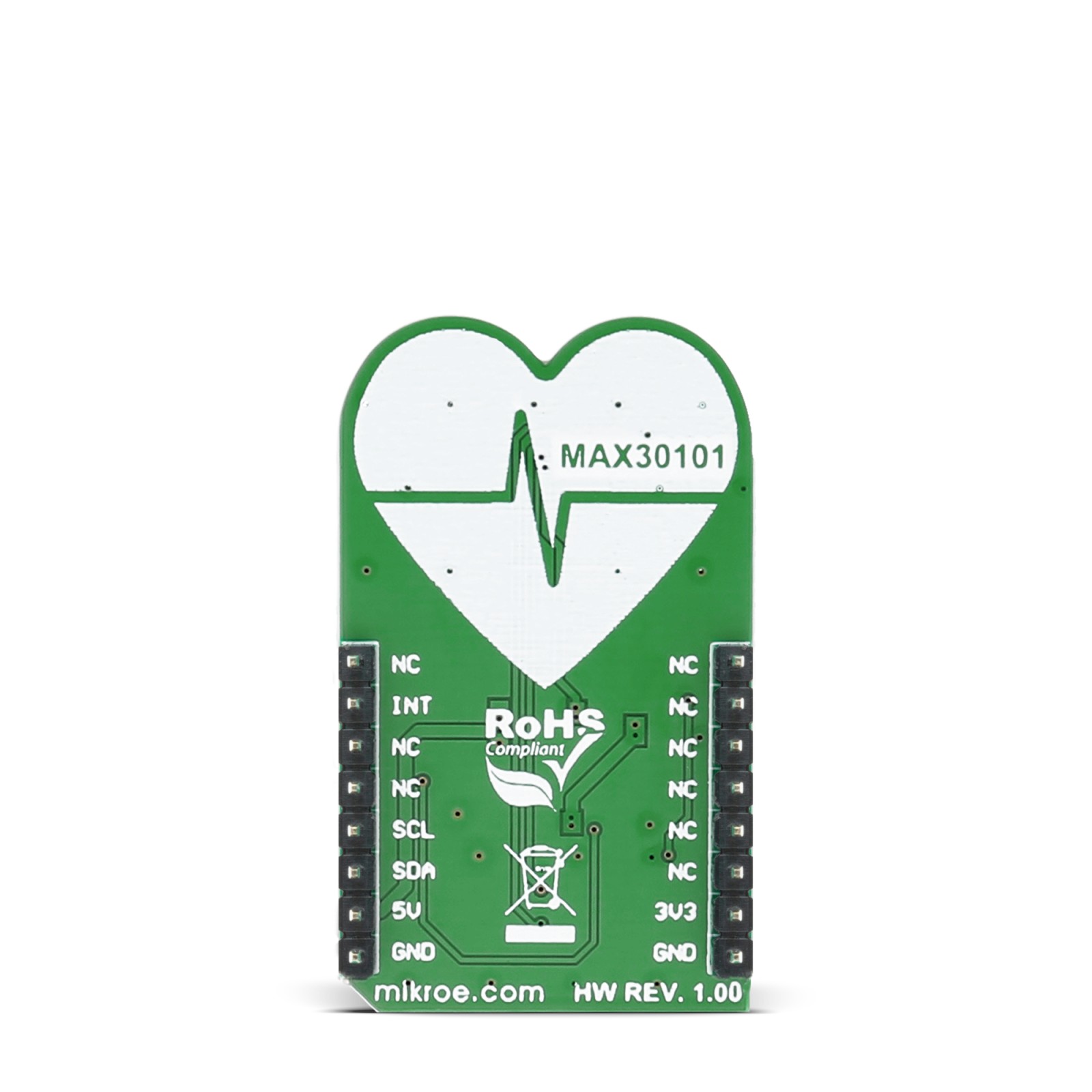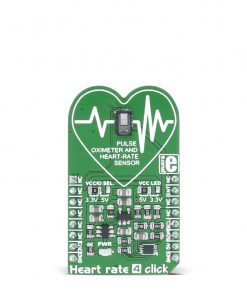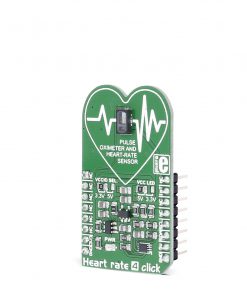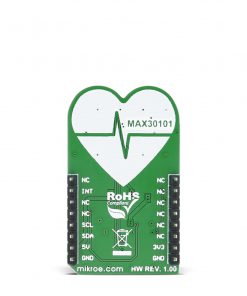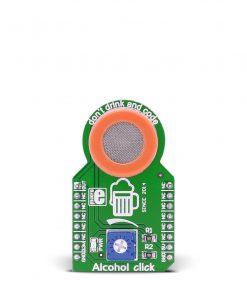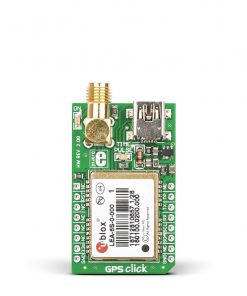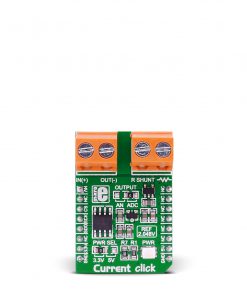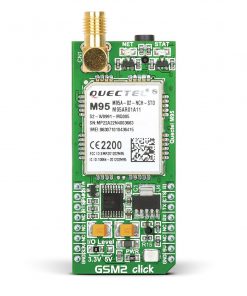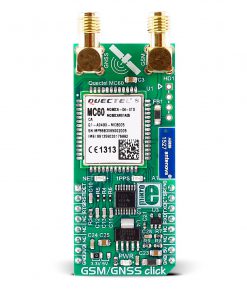-
×
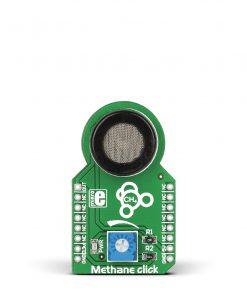 METHANE Click
1 ×
METHANE Click
1 × R335.00R301.50 -
×
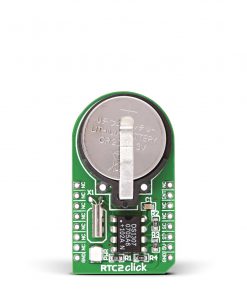 RTC 2 Click
3 ×
RTC 2 Click
3 × R465.00R418.50 -
×
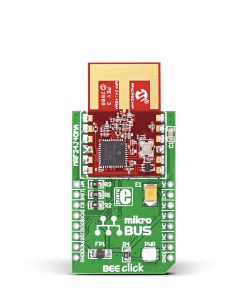 BEE Click
1 ×
BEE Click
1 × R800.00R720.00 -
×
 Proximity Click
1 × R220.00
Proximity Click
1 × R220.00 -
×
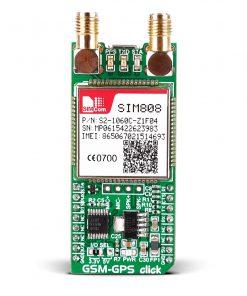 GSM-GPS Click
1 ×
GSM-GPS Click
1 × R1,350.00R1,215.00 -
×
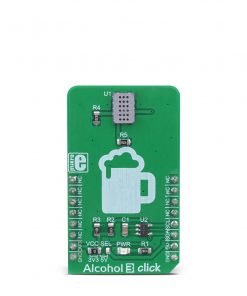 Alcohol 3 Click
1 ×
Alcohol 3 Click
1 × R710.00R639.00 -
×
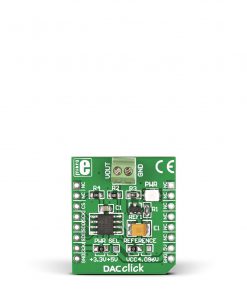 DAC Click
1 ×
DAC Click
1 × R410.00R369.00 -
×
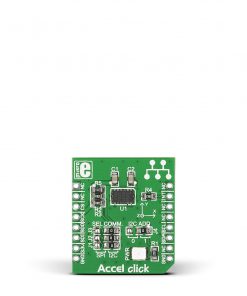 Accel Click
1 ×
Accel Click
1 × R355.00R319.50 -
×
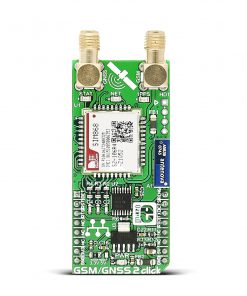 GSM/GNSS 2 Click
1 ×
GSM/GNSS 2 Click
1 × R1,500.00R1,350.00 -
×
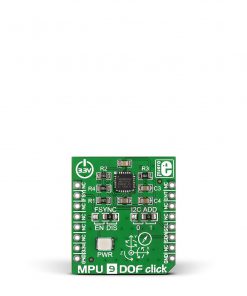 MPU 9DOF Click
1 × R550.00
MPU 9DOF Click
1 × R550.00 -
×
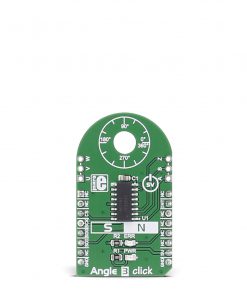 Angle 3 Click
1 ×
Angle 3 Click
1 × R410.00R369.00 -
×
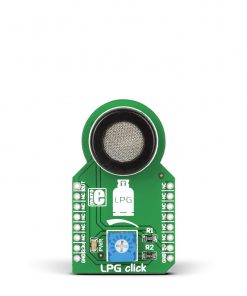 LPG Click
1 ×
LPG Click
1 × R335.00R301.50 -
×
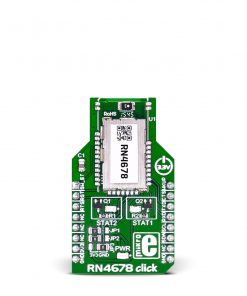 RN4678 Click
1 ×
RN4678 Click
1 × R855.00R769.50 -
×
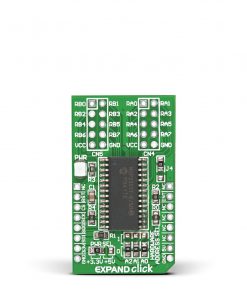 EXPAND Click
1 ×
EXPAND Click
1 × R260.00R234.00 -
×
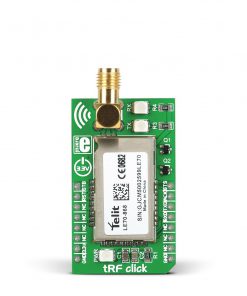 tRF Click
1 ×
tRF Click
1 × R1,050.00R945.00
Subtotal: R9,558.50

